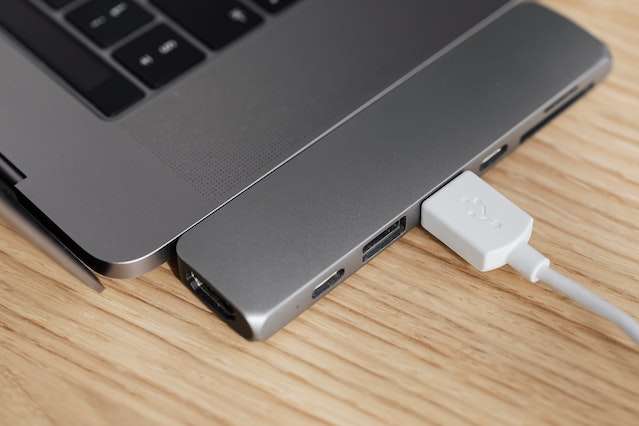Unlocking the Potential of D-Sub Connectors: A Versatile Connection Solution
In the ever-evolving world of technology, connections are the lifeblood of communication and data transfer. Among the multitude of connectors available, the D sub connector, also known as a D-subminiature or simply a D-sub, stands out as a stalwart solution for a wide range of applications. Whether you’re an electronics enthusiast, a professional engineer, or simply curious about the mechanisms that power your gadgets, this blog will introduce you to the fascinating world of D-Sub connectors.
What’s in a Name?
The “D” in D-Sub connector is derived from its distinctive shape, resembling the letter D when viewed from the front. Developed in the mid-20th century, D-Sub connectors have undergone numerous iterations and found their niche in the electronics and computing industries. They come in multiple sizes, but the most common ones are the DB9 and DB15 connectors, which have 9 and 15 pins respectively. However, there are variations with up to 50 pins, each designed for different purposes.
Versatility in Applications
The beauty of D-Sub connectors lies in their versatility. These connectors can be found in a multitude of applications, spanning various industries. Some of the most common applications include:
- Computers and Peripherals: The venerable VGA and serial port connections on older PCs, used for video and data transfer, are often D-Sub connectors. While newer technologies like HDMI and USB have largely replaced them, D-Sub connectors still have their place in some legacy devices.
- Industrial Automation: In factories and industrial settings, D-Sub connectors are used to connect sensors, motors, and other equipment. Their robust design and ease of assembly make them ideal for these demanding environments.
- Audio and Video: D-Sub connectors are also employed in audio and video equipment, such as analog audio mixers, providing an interface for various inputs and outputs.
- Aerospace and Defense: The durability and reliability of D-Sub connectors make them suitable for applications in the aerospace and defense industries. They are often used in avionics and radar systems.
- Telecommunications: D-Sub connectors play a crucial role in telecommunications systems, connecting various components and devices in network infrastructure.
- Medical Devices: Many medical devices, such as patient monitors and imaging equipment, utilize D-Sub connectors for data transfer and control functions.
The Anatomy of a D-Sub Connector
D-Sub connectors have a distinctive appearance and construction. They consist of a metal or plastic shell with two parallel rows of pins inside. The number of pins may vary depending on the connector’s size and purpose. These pins are divided into three categories:
- Male Pins: These protrude from the connector and are designed to fit into corresponding female sockets.
- Female Sockets: These are receptacles that accept the male pins. They are often found on cables and devices.
- Grounding: Some pins are designated for grounding purposes, ensuring electrical safety and signal integrity.
Benefits of D-Sub Connectors
D-Sub connectors offer several advantages, making them a popular choice in various applications:
- Robustness: D-Sub connectors are built to last. They can withstand mechanical stress, making them suitable for environments where connectors might be subjected to physical strain.
- Versatile: With varying pin counts and gender options, D-Sub connectors can be customized to meet specific needs.
- Reliability: D-Sub connectors have been in use for decades, and their reliability is well-documented. They provide consistent electrical connectivity.
- Ease of Termination: They are relatively easy to assemble, repair, or modify, thanks to the straightforward pin-and-socket design.
- Cost-Effective: In many cases, D-Sub connectors offer a cost-effective solution compared to newer, more specialized connectors.
The Future of D-Sub Connectors
While newer connector technologies have emerged, D-Sub connectors continue to serve as a dependable option in many industries. They have proven their resilience and adaptability, which will likely ensure their relevance for years to come. Furthermore, modern applications that require high-speed data transfer, like USB and HDMI, have pushed D-Sub connectors into more specialized roles where their robustness and reliability are valued over speed.
